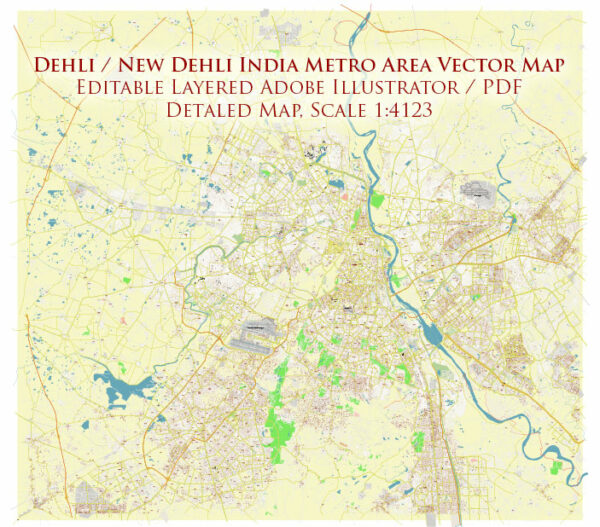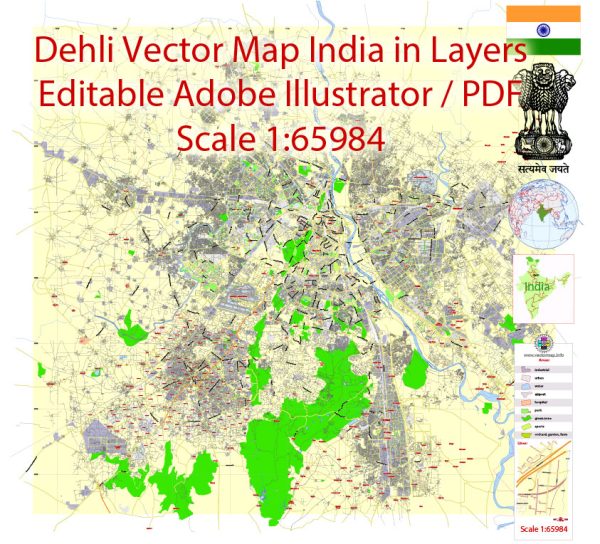Delhi, the capital city of India, has a rich and diverse history of urban development that spans several centuries. The city has served as the capital for various empires and dynasties, each leaving its imprint on the urban landscape. Here is a brief overview of the history of urban development in Delhi:
- Ancient Period:
- The earliest known settlement in the Delhi region dates back to the 6th century BCE, with the establishment of the legendary city of Indraprastha, as mentioned in the Indian epic Mahabharata.
- Over the centuries, several other cities and towns were built and destroyed in the area.
- Medieval Period:
- Delhi gained prominence as a political and cultural center during the medieval period when it became the capital of the Delhi Sultanate in the 12th century.
- The construction of significant landmarks such as the Qutub Minar and the Quwwat-ul-Islam Mosque took place during this period.
- Mughal Era:
- The Mughal Empire, starting in the early 16th century, played a crucial role in shaping Delhi’s urban landscape. The Mughal emperors constructed numerous monuments, forts, and palaces.
- Humayun’s Tomb and the Red Fort are iconic examples of Mughal architecture in Delhi.
- Colonial Period:
- With the advent of the British East India Company in the 17th century, Delhi went through significant changes. The British established their control over the city, and the urban development was influenced by colonial architecture.
- The establishment of Lutyens’ Delhi during the early 20th century, designed by British architect Edwin Lutyens, led to the creation of New Delhi, the present-day central part of the city that houses the government buildings.
- Post-Independence Period:
- After India gained independence in 1947, Delhi continued to grow and evolve as the capital of the newly formed republic.
- The city underwent rapid urbanization, with the development of infrastructure, educational institutions, and administrative centers.
- Contemporary Period:
- Delhi has faced challenges related to population growth, traffic congestion, and environmental issues in recent decades.
- The city has witnessed extensive modernization, with the construction of skyscrapers, shopping malls, and the expansion of the metro system to address transportation needs.
- Cultural and Heritage Conservation:
- Efforts have been made to preserve and promote Delhi’s rich cultural and historical heritage. Various historical sites, such as those in Old Delhi and the Qutub Complex, have been designated as UNESCO World Heritage Sites.
Overall, Delhi’s urban development reflects a fascinating blend of ancient history, medieval grandeur, colonial influence, and contemporary challenges as it continues to evolve as a dynamic metropolis.




 Author: Kirill Shrayber, Ph.D.
Author: Kirill Shrayber, Ph.D.